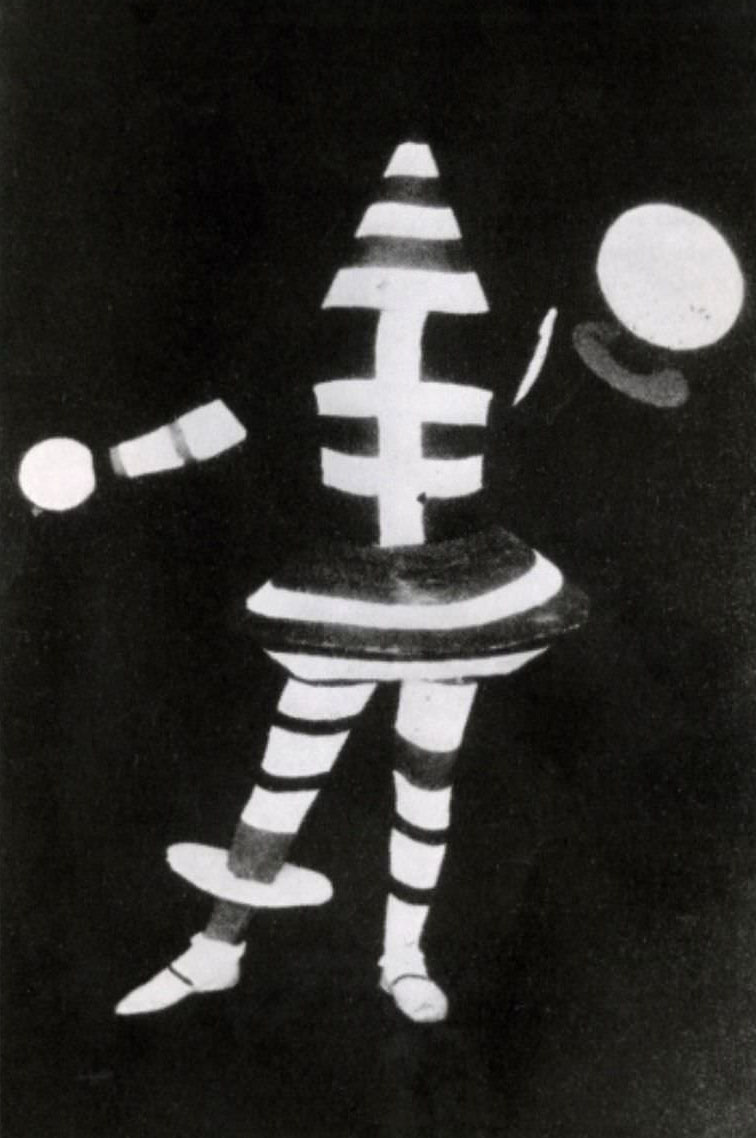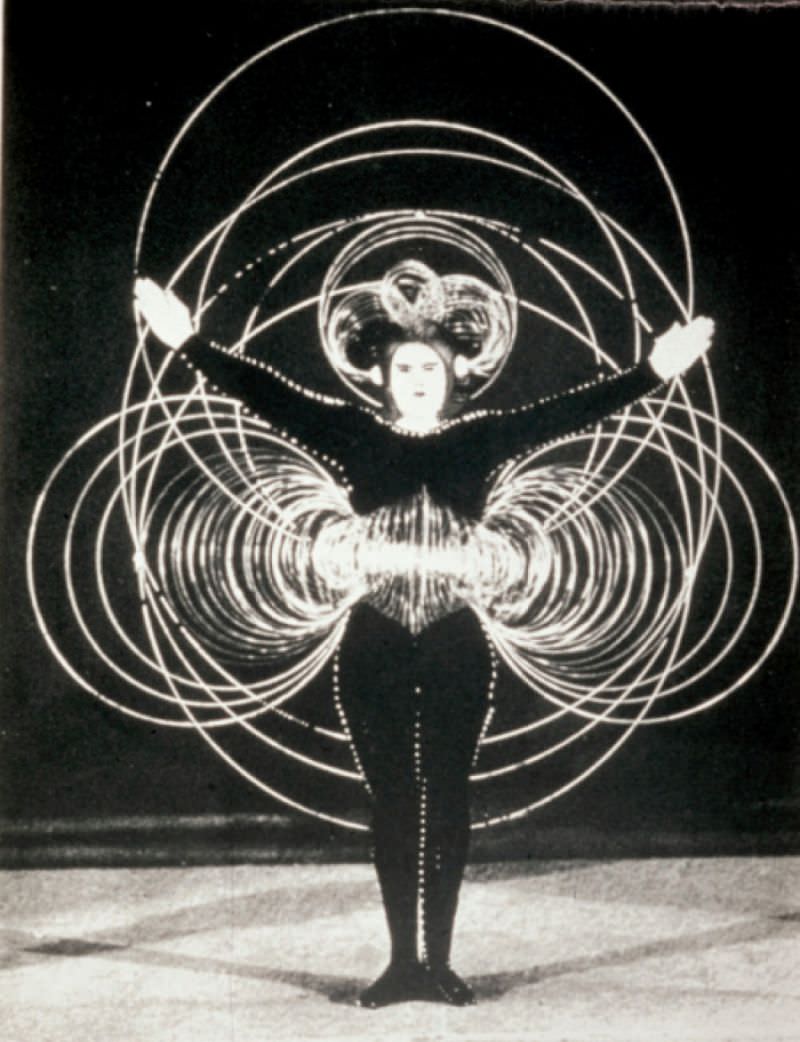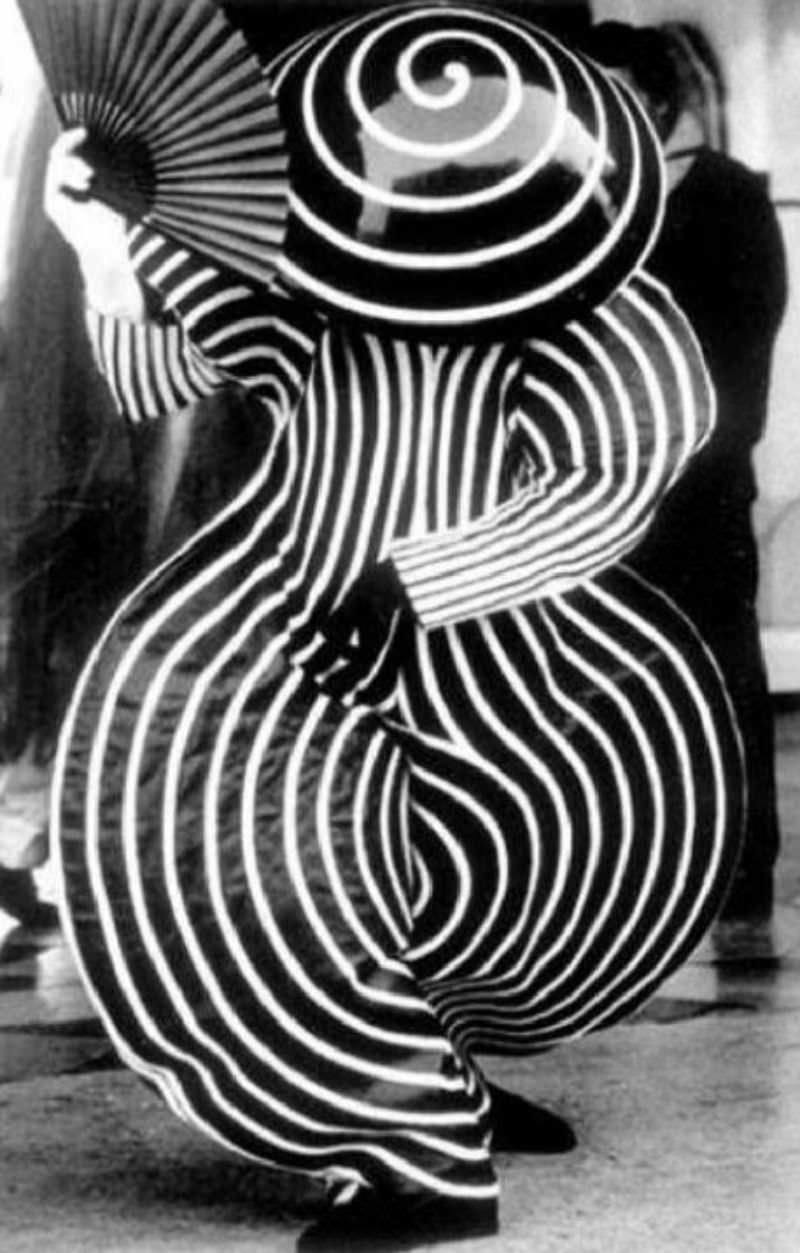In the annals of avant-garde theater, there are few works as strange and influential as Oskar Schlemmer’s “The Triadic Ballet”. A mesmerizing fusion of dance, art, and fashion, this eccentric ballet challenged the conventions of its time, creating a revolutionary performance piece that is still talked about to this day.
Oskar Schlemmer, a multifaceted artist born in Germany in 1888, was a creative tour de force in the world of Bauhaus, an influential art movement of the 20th century. Schlemmer’s talent sprawled across different disciplines, manifesting itself in painting, sculpting, designing, and choreographing. He was known for his penchant for the quirky and unusual, a trait which defined his artworks, especially his trailblazing dance performances.
Schlemmer’s most acclaimed piece, “The Triadic Ballet”, made its debut in 1922. The ballet, divided into three parts and featuring three dancers, was a marvel of precise structure and imaginative design. It was in this performance that Schlemmer fully realized his unique vision of abstracting the human body in motion.
In “The Triadic Ballet”, the choreography, though important, seemed to take a backseat to the stunning visual spectacle offered by the costumes. These were not merely costumes but radical extensions of the human body. Sculptural, exaggerated, and sometimes confounding, these geometric constructions toyed with the audience’s perception of the human form.
Schlemmer’s designs pushed the boundaries of what a costume could be. They didn’t just clothe the performers but fundamentally transformed their bodies, adding and subtracting from their human forms. They were bizarre appendages that distorted, reshaped, and sometimes even concealed the dancers’ bodies, leading to an entirely novel manner of movement, silhouette, and line.
Yet, despite their surreal and abstract nature, Schlemmer’s costumes served a surprising purpose – they emphasized the natural body. Underneath the bizarre geometrical shells, the dancers’ human forms persisted, reminding the audience of the organic nature of movement and dance. This juxtaposition of the natural and the artificial created a tension that brought Schlemmer’s work to life.
The costumes in “The Triadic Ballet” ran the gamut of shapes and sizes, from spherical torsos to elongated cones for limbs. Some of them were so cumbersome and restrictive that they dictated the dancers’ movements, leading to a performance that was as much about negotiating these architectural structures as it was about dancing.
Each act in the ballet had a distinct mood and color scheme. The first act was set against a golden background and had an air of festivity, the second act, with a pink and silver palette, was more solemn and ceremonial, and the final act, performed against a black backdrop, was mystical and surreal.
Schlemmer’s “The Triadic Ballet” revolutionized the world of performance art, and its influence is still evident today. It broke away from the traditional notions of ballet and introduced a new way of interpreting and representing the human body. This fusion of sculpture, fashion, and dance created a rich visual and kinesthetic experience that continues to fascinate audiences and inspire artists.


















